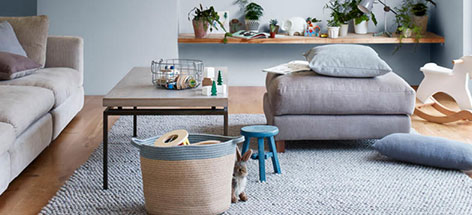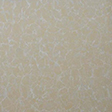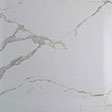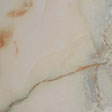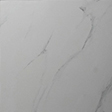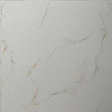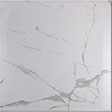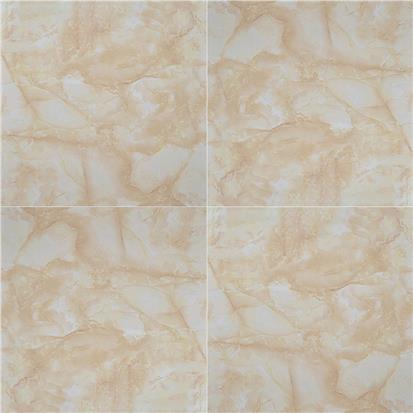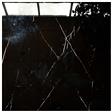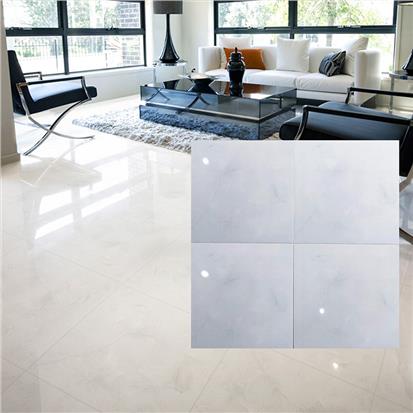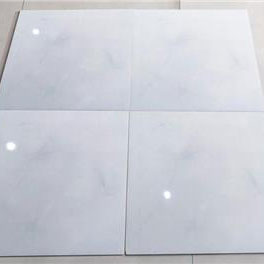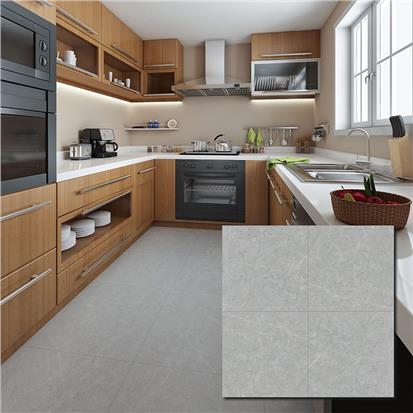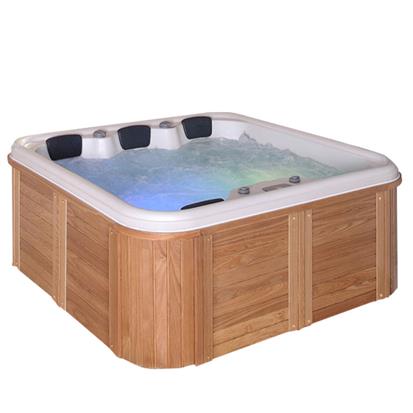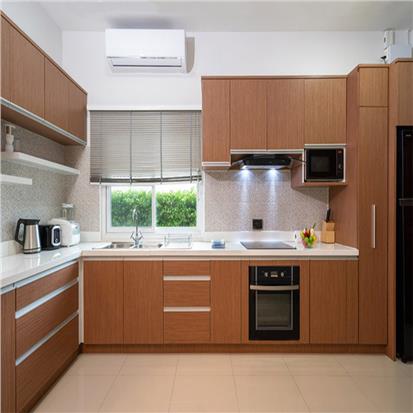1. The Spectrum of Colors and Patterns:
The choice of color and pattern in ceramic tiles can dictate the ambiance of a room. Vivid, bright tiles can inject energy and vibrancy into a space, making it appear more lively and inviting, while more subdued, monochromatic tiles can enhance a feeling of sophistication and calm. Designers can employ intricate patterns to weave complex visual stories, transforming walls into focal points of artistic expression.
2. Geometric and Organic Forms:
Geometric tiles offer a modern, structured look, while tiles with organic shapes can soften spaces with a more natural feel. Implementing tiles with fluid, naturalistic patterns can blur the boundaries between the outdoors and indoors, making spaces feel more open and airy.
3. The Play of Light and Texture:
The interplay of light with textured tiles can dramatically alter a room's character. Reflective tiles can brighten a room, making small spaces feel larger, while tiles with matte finishes can confer a more subtle, understated elegance. Designers often use textured tiles to add depth to a space, with raised patterns and reliefs that invite touch and close inspection.
Case Studies:
1. Luxury Retail: Fashion Boutique in Milan
In Milan, a high-end fashion boutique showcases walls adorned with custom-made ceramic tiles that reflect the luxury of the items on display. The tiles shimmer with a metallic finish, casting intricate shadows under the boutique’s designer lighting, creating an atmosphere of exclusive elegance.
2. Healthcare: A Serene Hospital Environment
A hospital in Tokyo uses serene, pastel-colored ceramic tiles to create a calming environment that aids in patient recovery. The gentle hues and smooth textures help reduce stress and promote a healing atmosphere, demonstrating the tiles' versatility beyond mere aesthetics.
3. Public Spaces: Revitalizing Community Centers
A community center in San Francisco features walls with bright, colorful ceramic tiles, incorporating local art that reflects the community's vibrant culture. This project not only enhanced the aesthetic appeal of the space but also turned it into a hub for community pride and interaction.
4. Education: Innovative Schools
An elementary school in Denver uses ceramic tile walls in corridors and classrooms to create engaging, dynamic environments conducive to learning and creativity. The tiles are durable, easy to clean, and feature a variety of educational designs, including alphabets and numbers, aiding in interactive learning.
5. Corporate Settings: Office Design
A corporate office in New York City uses sleek, dark ceramic tiles to convey a sense of professionalism and power. The use of large-format tiles in conference rooms and lobbies makes these spaces appear larger and more imposing, suitable for a corporate setting.
Ceramic tile walls serve as more than just part of the infrastructure; they are pivotal in defining the aesthetic and functional essence of spaces. The adaptability and variety of ceramic tiles make them suitable for any project, from home renovations to large-scale commercial designs. This guide underscores the importance of choosing the right ceramic tile to not only meet functional requirements but also to elevate spaces to works of art. Whether you are a designer, architect, or homeowner, embracing the versatility of ceramic tiles can open up a world of creative possibilities.
 EN
EN FR
FR PT
PT AR
AR
